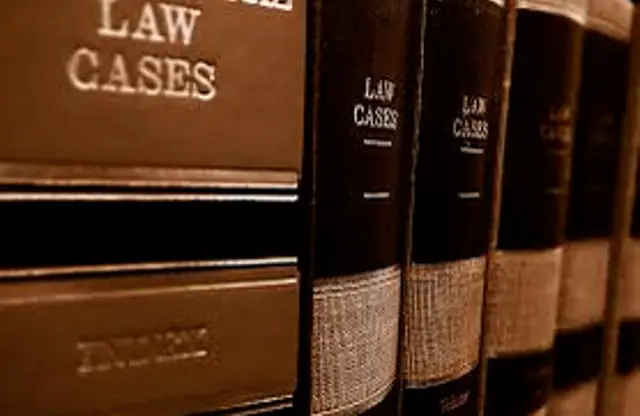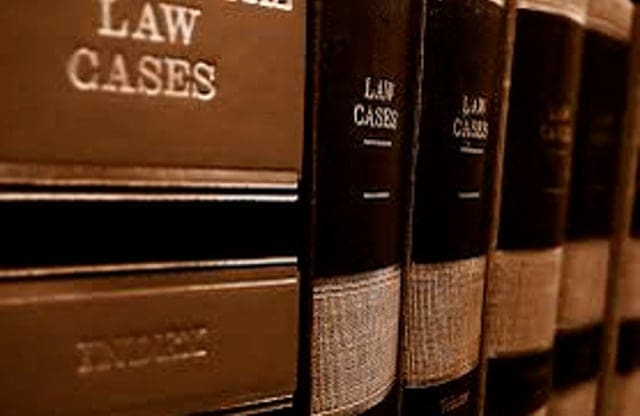Court Procedures

A Brief Look into Court Procedures
Court procedures might seem overwhelming, but they function as the backbone of our judicial system, ensuring fairness and structure. Every legal enthusiast or individual involved in a legal dispute should understand the basics of these procedures.
- Initial Filings: Every court case starts with a document – be it a complaint, petition, or another legal document. This document outlines the issues at hand and sets the litigation process into motion.
- Responses: Once the initial filing is made, the opposing party has the right to respond, either agreeing with, disputing, or providing their perspective on the claims presented.
- Discovery: Arguably the most time-consuming phase, discovery involves both parties gathering evidence, taking depositions, and sending interrogatories.
- Pre-Trial Motions: Before a trial begins, parties may file motions to determine what evidence can be presented, or in some cases, to dismiss the case entirely.
- Trial: If no settlement is reached, the case proceeds to trial. Here, evidence is presented, witnesses testify, and arguments are made before a judge or jury.
- Verdict: Post-deliberation, the judge or jury provides a decision, either in favor of the plaintiff or defendant.
- Appeal: If a party believes a legal error was made during the trial, they can appeal to a higher court.
Understanding court procedures can demystify the legal process, offering clarity and preparation for what lies ahead. Whether you’re a budding lawyer, law student, or someone involved in a case, a grasp of these steps can prove invaluable.
Remember, while this overview provides a basic understanding, court procedures can vary based on jurisdiction, case type, and specific legal issues involved. Always consult with a legal professional when navigating these waters.





















